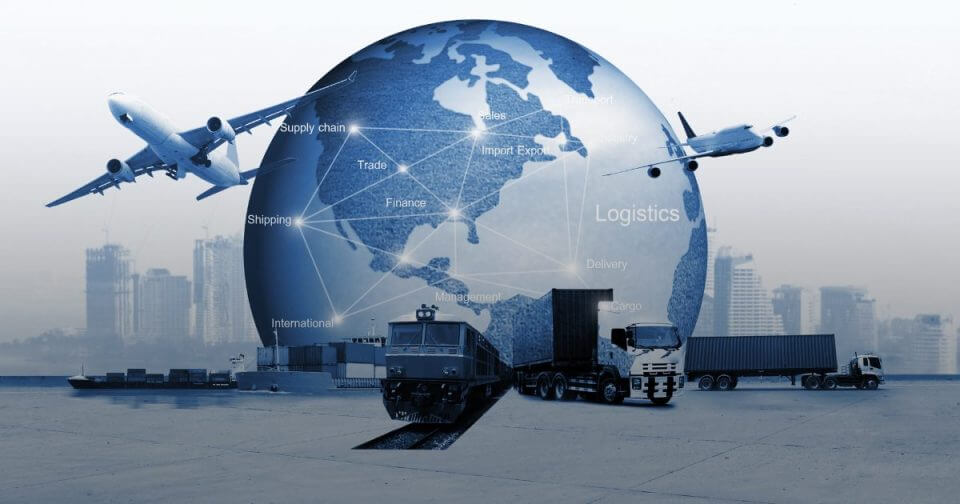
How Vendor Managed Inventory (VMI) Strengthens Supply Chain Resilience and Collaboration
To optimize inventory management, retailers and suppliers are increasingly turning to Vendor Managed Inventory (VMI) tools that transfer the responsibility…
Generix Ushers in a New Era of Intelligent Commerce for Retailers with AI-Driven Innovation Read the press release

A TMS integrates various transportation processes into a single cohesive system. It centralizes data and automates workflows to optimize transportation planning, execution, and management. Here’s how transport management systems work:

A TMS helps businesses plan and optimize their transportation routes. It uses sophisticated algorithms to determine the most efficient routes, taking into account factors like distance, traffic conditions, and fuel costs. This process ensures that shipments are delivered in the most cost-effective and timely manner.
TMS systems manage relationships with various carriers. This includes selecting the best carrier based on cost, reliability, and service quality. It automates the process of sending out requests for proposals (RFPs), comparing bids, and managing contracts and compliance documentation, significantly reducing the manual workload involved in carrier selection and management.
Load building involves organizing shipments in the most space-efficient and cost-effective manner. A TMS uses data such as shipment size, weight, and fragility to optimize how goods are packed and shipped, ensuring that space is maximized and costs are minimized.
Once planning and optimization are complete, the TMS facilitates the execution of transportation plans. This includes booking shipments, tendering loads to carriers, and managing dispatch operations. The system ensures that all aspects of the transportation process are coordinated and executed smoothly.
A TMS provides real-time tracking of shipments, offering visibility into the movement of goods from origin to destination. This capability is crucial for managing and mitigating any potential disruptions in the supply chain, as it allows businesses to monitor transit times, anticipate delays, and keep customers informed about shipment status.
Comprehensive reporting and analytics capabilities are integral to a TMS. These tools provide insights into key performance indicators (KPIs) such as transportation costs, carrier performance, and on-time delivery rates. By analyzing this data, businesses can make informed decisions to improve their transportation strategies and overall supply chain efficiency.

One benefit of implementing a TMS is that it can lead to significant cost savings by optimizing routes and loads, reducing fuel consumption, and minimizing manual administrative tasks. The system’s ability to compare carrier rates ensures that businesses always get the best deal, further driving down transportation costs.
Automation of transportation processes reduces the need for manual intervention, speeding up operations and reducing errors. For example, automated load building and route optimization ensure that shipments are efficiently organized and dispatched, while real-time tracking allows for proactive management of the transportation process.
Real-time data and automated processes enhance the accuracy of transportation operations. Accurate tracking of shipments and inventory levels prevents errors that can lead to delays and increased costs. The system ensures that all transportation activities are recorded and monitored accurately.
A TMS provides visibility into transportation costs and performance, enabling better financial planning and control. Detailed reports and analytics allow businesses to track expenses, measure performance, and identify areas for cost reduction and efficiency improvements.
Real-time visibility and improved delivery performance contribute to higher customer satisfaction. Customers can receive accurate and timely updates about their shipments, and businesses can ensure that deliveries are made on time, every time.
Integration with the Internet of Things (IoT) enhances the real-time monitoring capabilities of a TMS. IoT devices can track vehicle performance, driving conditions, and shipment status, providing valuable data that helps optimize transportation operations and prevent issues before they arise.
Machine learning algorithms enable predictive analytics within a TMS. These technologies analyze historical data to predict transit times, determine capacity requirements, and identify optimal delivery routes. Predictive analytics helps businesses anticipate and mitigate potential disruptions, improving overall efficiency.
Blockchain technology can increase transparency and traceability across the supply chain. By recording every transaction in a decentralized ledger, blockchain ensures that all parties have access to accurate and immutable data, enhancing trust and reducing the risk of fraud.

To optimize inventory management, retailers and suppliers are increasingly turning to Vendor Managed Inventory (VMI) tools that transfer the responsibility…

In an ever-evolving logistics environment, agile and precise warehouse resource management is essential to remain competitive. With increasing volumes driven…

France’s electronic invoicing reform relies on a Y-architecture, where Partner Dematerialization Providers (PDPs) play a central role in issuing and…

Work with our team to build your ideal supply chain software stack and tailor it to your unique business needs.